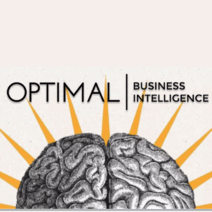
Optimal Data Engine
Everybody talks a different language When we decided to start building ODE we knew a few things already. One of those things was that most of our customers already had data warehousing technology. They had already…
Read moreArticle
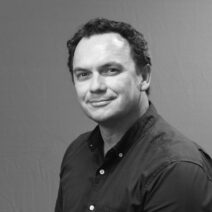
Ackama co-presented with Health New Zealand | Te Whatu Ora at the Te Tītoki Mataora Forum in Auckland during HealthTech Week 2024. We had the pleasure of sharing the work on the Accessible Health Information Project (AHIP) presented by Leo Goldie-Anderson from Te Whatu Ora and Mischa Saunders from Ackama.
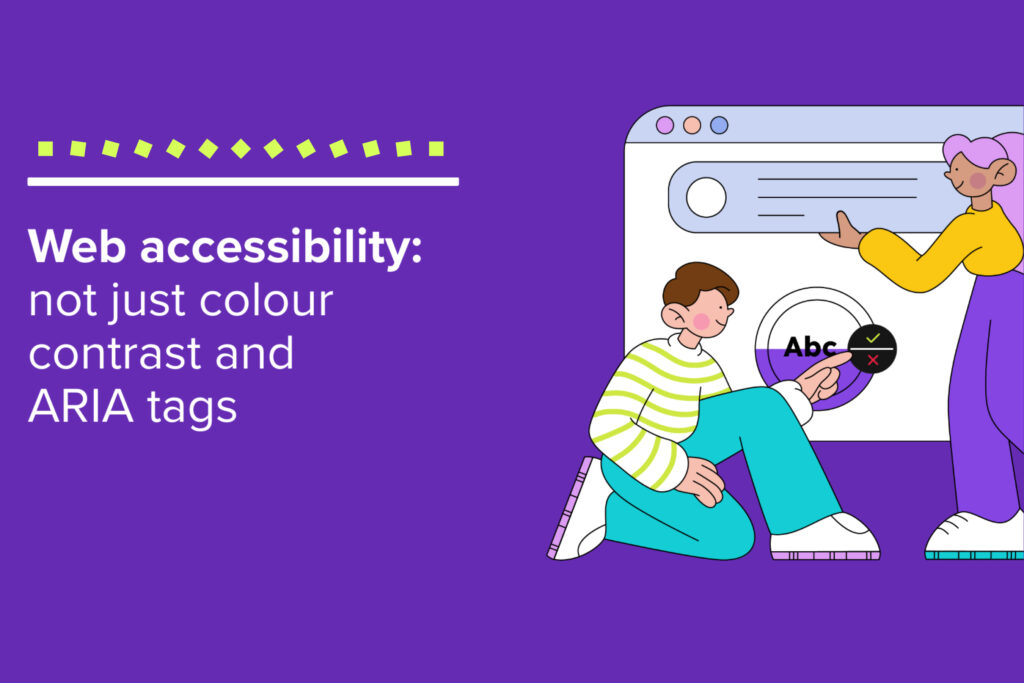
AHIP focuses on ensuring people can access health information when and where they need it, in the most valuable format for them. This proof of concept is part of the work to design and develop an Accessible Information Service for Health New Zealand Te Whatu Ora, translating and distributing health content in alternate formats for the disability community of Aotearoa/New Zealand.
The themes of collaboration and community involvement resonated strongly throughout the conference, especially on day 3. It’s crucial to engage communities upfront and throughout the research and project development process, rather than just consulting them at the end for user testing.In the panel discussions, we were inspired to hear from experts such as:
For AHIP, we emphasised the necessity of a disability-centric approach. With 24% of Aotearoa having disabilities, this community spans all other communities. The AHIP puts disability needs first, advocating for a system that welcomes, celebrates, listens to, and treats disabled people equally.
We highlighted that web accessibility goes beyond colour contrast and ARIA tags. Accessible Health information needs to be first-class information, accessible in formats like NZSL videos, Easy Read, and Blind Formats.
Led by the Disability Strategy Team, with a disability community member as Product Owner and Project Sponsor, and involving representatives from various disability groups, the project serves as a model for disability-centric collaboration. We believe this approach should be standard practice in creating inclusive healthcare solutions.
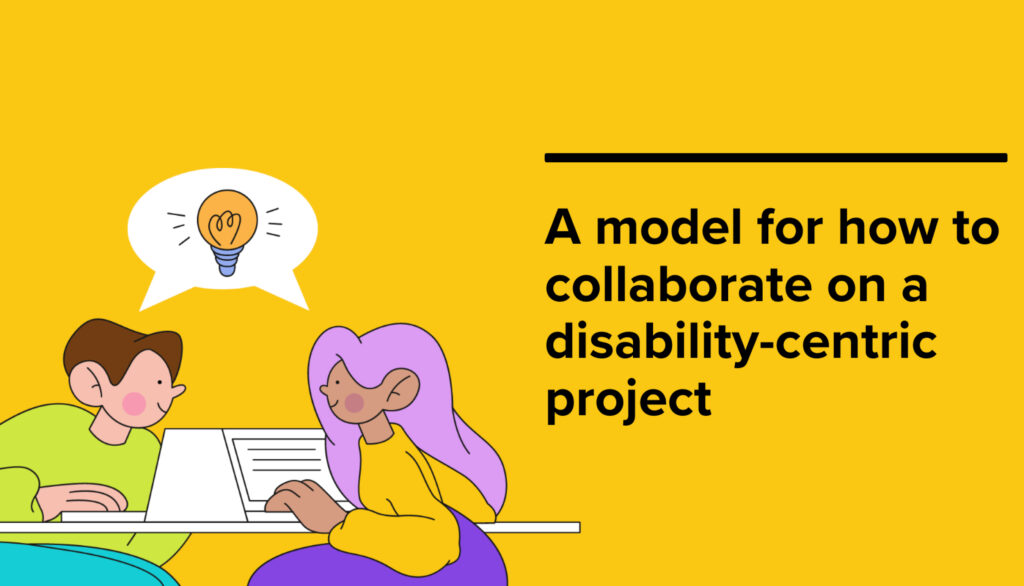
Understanding how disabled people will use the software is vital. Collaborative design means combining our tech expertise with their lived experience of disability. True collaboration goes beyond user testing; it’s about working together from the ground up.

Everybody talks a different language When we decided to start building ODE we knew a few things already. One of those things was that most of our customers already had data warehousing technology. They had already…
Read more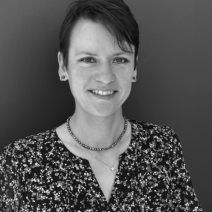
The Ensemble Logical Model is an enterprise-wide business model which, in an agile way, maps the business concepts within a given organization into an agile and adaptable model. – Remco Broekmans, LLC Author of ‘from Stories to Solutions’…
Read moreSquareweave is now Ackama.

We've merged with New Zealand company Ackama!
We're excited to be working with our Kiwi colleagues to deliver ambitious, purposeful digital products on both sides of the Tasman.
Common Code is now part of Ackama.

We’re now part of Ackama, delivering purposeful technology across the Asia-Pacific.
Together, we’re creating impact across energy, government, international development, and beyond. Delivering pragmatic, innovative solutions where they matter most.